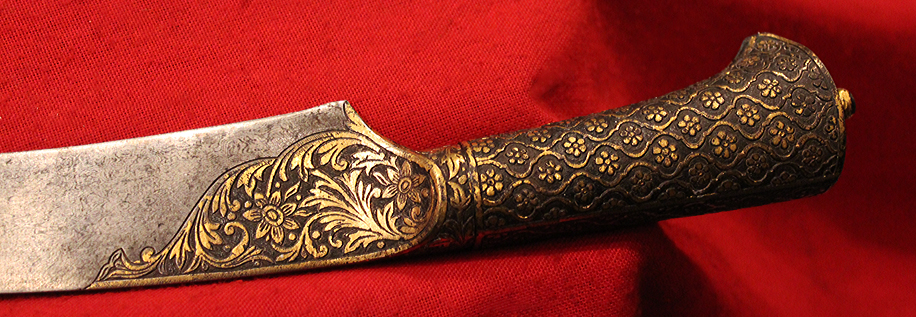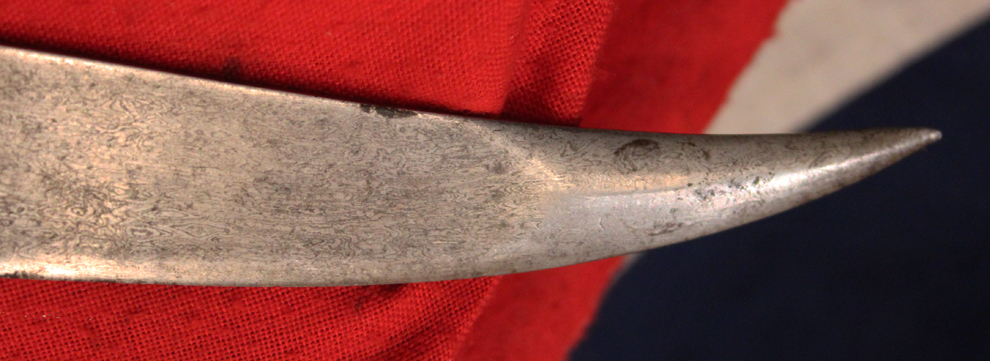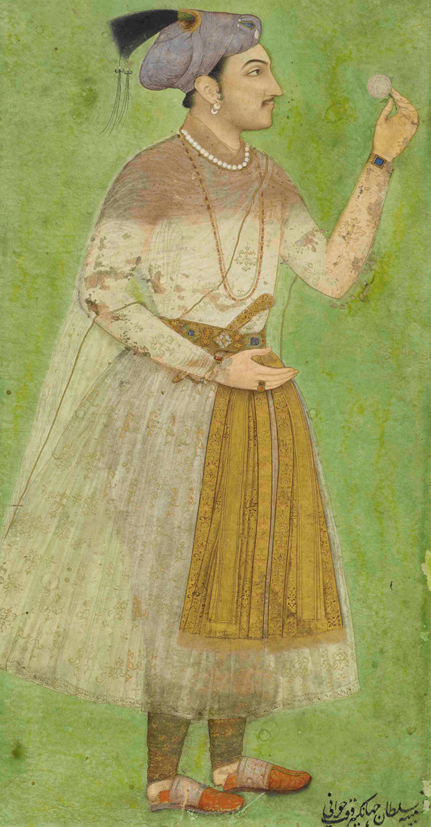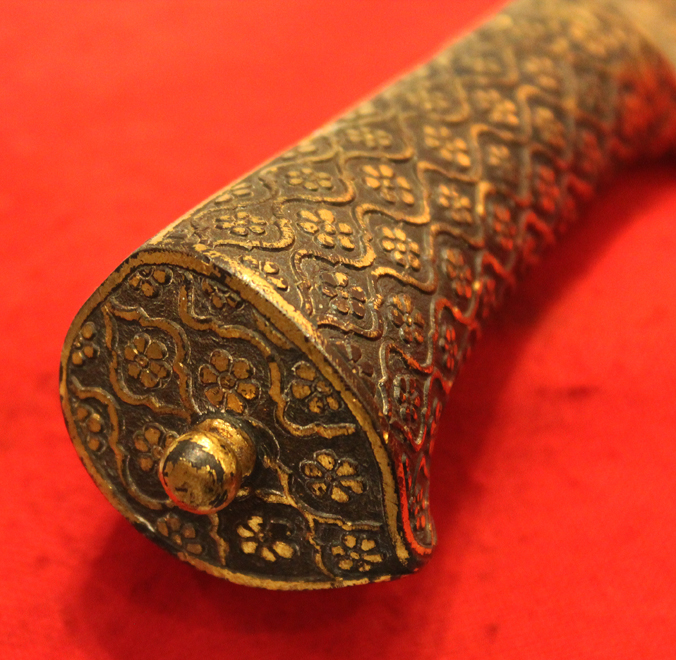An Absolutely Stunning Museum Piece & Fit For A Prince, An 18th-19th Century Wootz Steel & Gold Dagger. Likely Made for A Turkish, Ottoman Empire Pasha Or Noble Of the Highest Status. Napoleonic Wars Period. As Worn By A Grand Vizier of the Ottoman Empire
A wonderful antique khanjar dagger of all wootz steel, and the hilt is decorated with chiselled flower heads within an Islamic geometric cartouche form pattern, with scrolling acanthus leaves and flowers at the ricasso of the wootz Damascus blade, overlaid with fine gold koftgari.
Likely worn and used by such as, for example, a great ruler of the Ottoman's, Ali Pasha {he ruled from the 1788 till 1822}.
The great Ali Pasha was, during the Napoleonic Wars, at first, an admirer of Napoleon and formed a brief alliance with him during said Napoleonic wars, but, with changing winds he went against his previous ally in order to support the British. Napoleon thus sanctioned a planned rebellion against Ali, but the British arrived, as funds were being collected and rebels were being recruited. Ali's rival, Ibrahim Pasha of Berat, turned to the French and gathered a coalition of Ali's enemies, including Mustafa Pasha of Delvinë, Pronio Aga of Paramythia, Hasan Çapari of Margariti, the Beys of Himara, the Aga of Konispoli and the Souliotes. This coalition began attacking Ali's realm with support from French artillery, and Ali responded by bribing Ibrahim's supporters with British support. Ali besieged Ibrahim Pasha in Berat with an 8,000-man army commanded by the Albanian captain Omer Bey Vrioni, and with the aid of British rockets, Berat finally fell after a year of skirmishing. Ibrahim retired to Vlorë, and Ali told the Porte that he had taken Berat in response to the revolts in upper Albania that were the result of Ibrahim's inability to rule
The wootz of the blade is in the typical recurved form shape with an armour piercing tip. The type of dagger arm was particularly adept at piercing the armour of enemy combatants.
Developed originally in India, wootz steel technology features a system of isolating micro carbides within a matrix of tempered martensite. The ancient metalwork specialist Herbert Maryon of the British Museum in London described the metal technique as: the undulations of the steel resemble a net across running water the pattern waved like watered silk it was mottled like the grains of yellow sand. With roots in the Tamil Nudu region of the sub-continent, the technology was considered the most effective in the world for maximizing armor piercing potential. The indigenous Indian population presented the invading armies of Alexander the Great with tribute ingots of wootz around 300 B.C. From there, the process was refined over time throughout the world in Damascus, Syria; continental Europe; and later Great Britain, where the process underpinned the Industrial Revolution that began in the 18th century. The Rajahs of India submitted tulwars, shamshirs, khanjars, in addition to other ancient swords and daggers manufactured with wootz to the International Exhibition of 1851 and 1862, whereby the pieces become coveted for the quality of their steel.
We show in the gallery an 18th century portrait of Yirmisekizzade Mehmed Said Pasha, Grand Vizier of the Ottoman Empire in Paris. At his waist is his gold hilted khanjar almost identical to ours.
Originally this khanjar would have had a simple red velvet covered wooden scabbard, now lost.
Every single item from The Lanes Armoury is accompanied by our unique Certificate of Authenticity. Part of our continued dedication to maintain the standards forged by us over the past 100 years of our family’s trading, as Britain’s oldest established, and favourite, armoury and gallery
Code: 20674
3950.00 GBP










